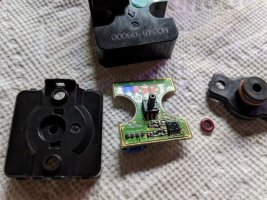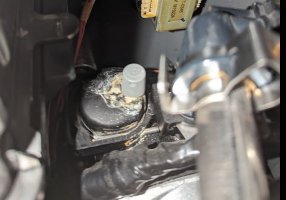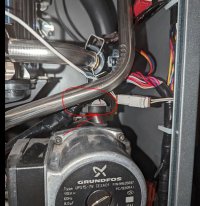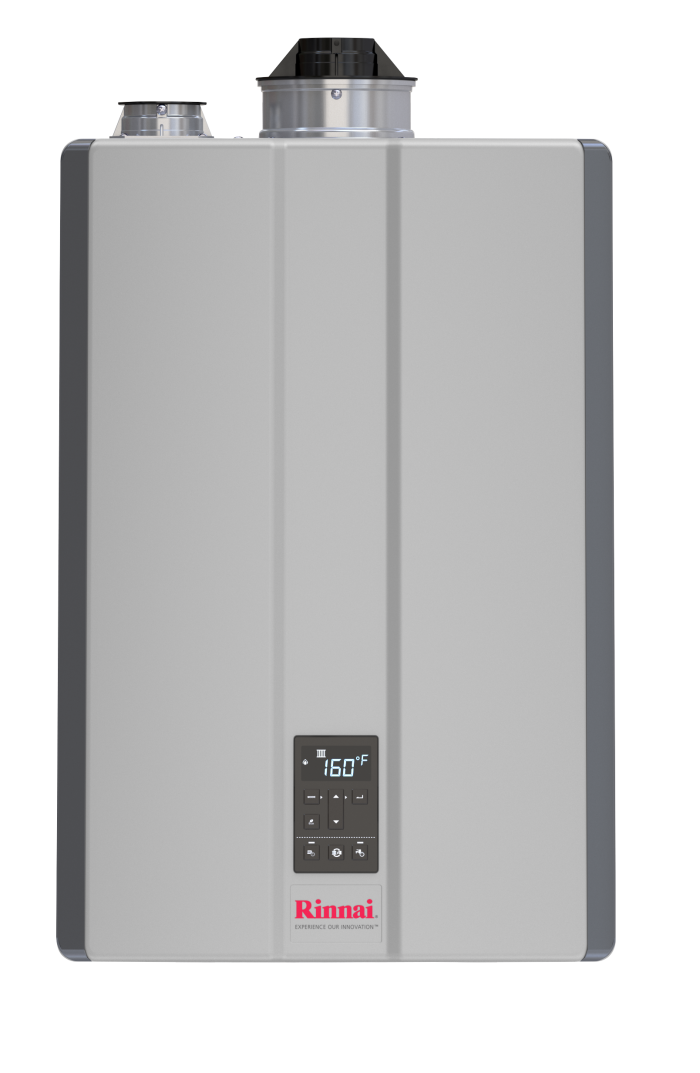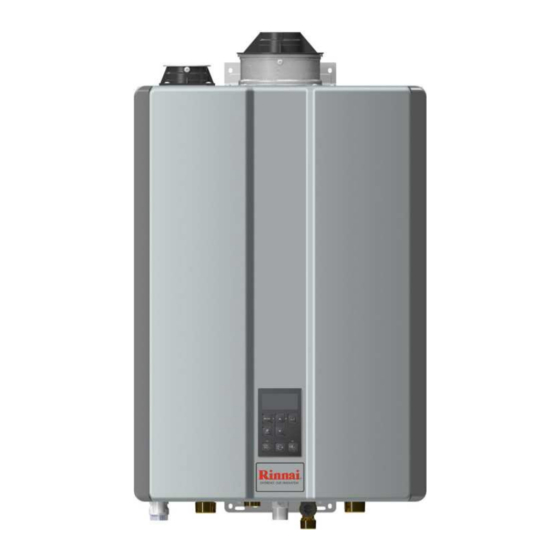As much as I don't trust the contractor that installed this system (and I did find mistakes in how they wire the boiler to my existing air handler/thermostat), I think they actually did plumb the CH side correctly. Due to the limited space, the piping is a bit convoluted, and hard to follow from the pics I posted. I drew a diagram to clarify the CH piping (and convince myself that the plumbing is indeed correct).Boiler is piped wrong heat side. It needs hydraulic separation and constant flow through it. The built in pump flows enough for one small zone but not the three or four. Primary secondary loop is needed with built in pump just for the boiler another for the zones with some headers instead of all the tees. Are there zone valves?
Closely-spaced tees used provide hydraulic separation between the boiler and the air handler (this is a small system with only a single zone). And water have been circulating to the air handler with no issues.

